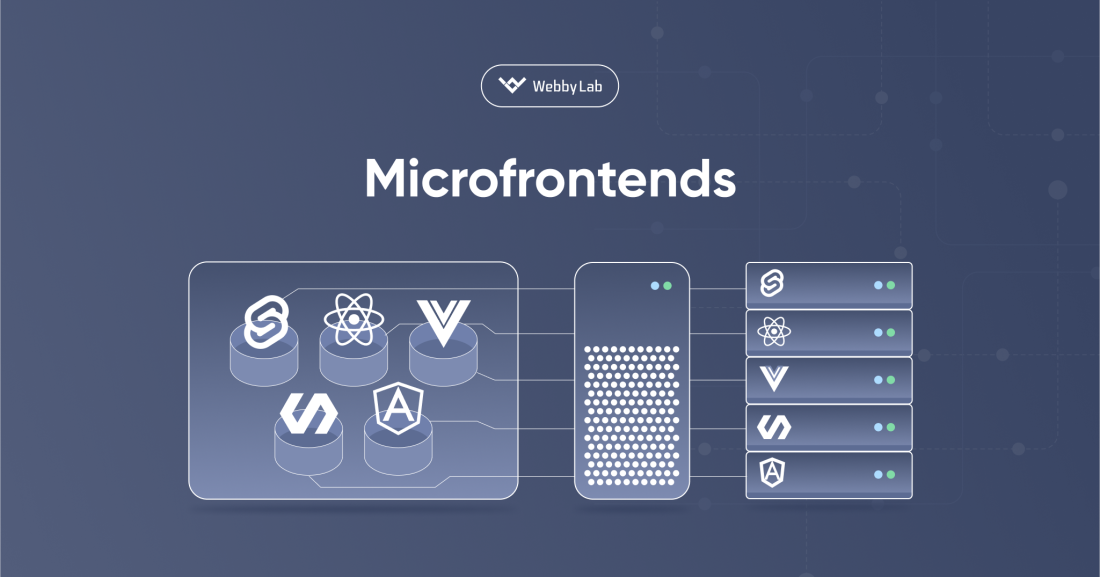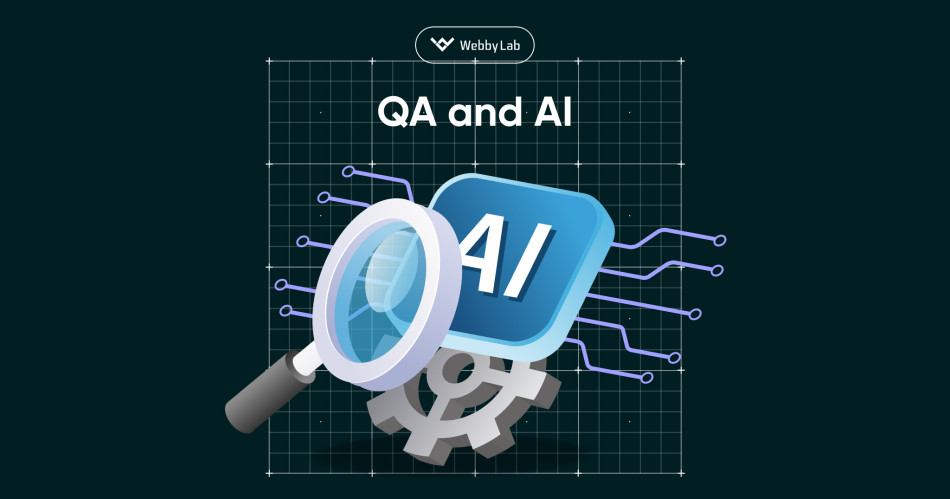How microfrontends solve complexity in large web systems
In recent years, micro frontend architecture has been gaining increasing popularity as modern web applications have become significantly more complex, driving the need for new architectural solutions. A micro frontend is an architectural approach that involves splitting a large project into smaller, more manageable parts. Each part of the user interface (UI), such as components or pages, is developed, tested, and deployed independently. Often, different teams of developers work on separate sections of the project, allowing them to operate autonomously while contributing to a cohesive whole.
The main advantages of micro frontend architecture:
- Better code base support. Smaller codebases of individual components, which simplifies support and upgrades.
- Simplified testing. Each micro-frontend can be tested in isolation, which reduces the likelihood of errors and facilitates the debugging process.
- Scalability. A large project can be divided between autonomous teams and developed independently.
- Faster deployment. Ability to update and deploy independent parts of the project.
- Independence of technologies. Each team can independently choose the technology stack that best suits their needs.
In addition to the advantages of this approach, there are also disadvantages:
- Complicated integration. Combining different micro-frontends into a single application can be a complex process and require additional tools and libraries.
- Performance issues. Each micro frontend can include its own libraries and dependencies, which leads to an increase in the size of the loaded resources, which in turn can affect the speed.
- Additional infrastructure support. Micro frontend management requires a certain infrastructure for deployment, orchestration, monitoring, and support, which may require additional efforts to set up.
- Unification of the graphical interface. Ensuring UX/UI consistency is difficult when each team works autonomously.
- High coordination requirements. Distributed architecture requires coordination between teams regarding APIs, standards, and versions.
The application of micro frontend architecture may not meet expectations in small projects and create more problems than benefits. On the other hand, larger projects with distributed teams and a lot of functionality can benefit from the implementation of micro front-end applications. Micro frontend architecture is a powerful approach for building scalable web applications. However, it is important to consider the challenges involved before adopting this approach.



